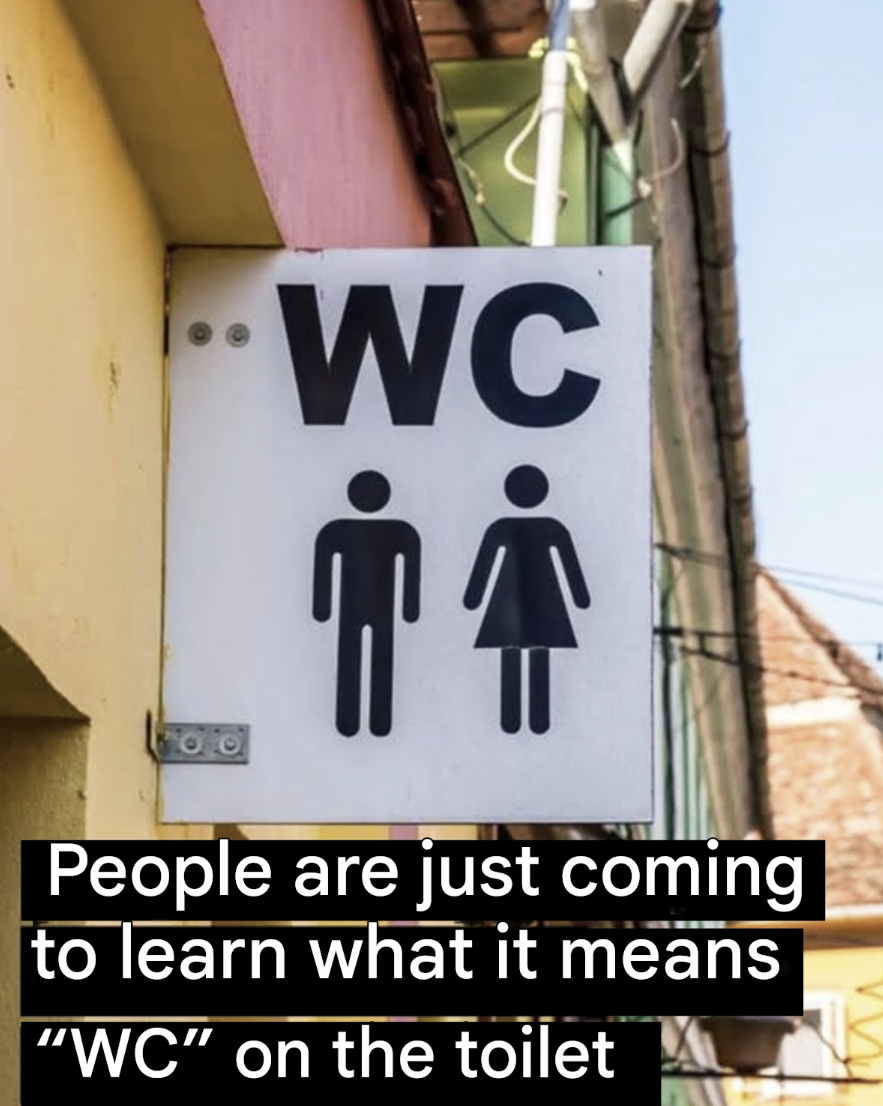
Until the 19th century, in many Western countries, most homes did not have indoor toilets . People relieved themselves outside, in latrines, or in chamber pots that were then emptied… elsewhere. The first « bathrooms » were not necessarily equipped with toilets, but rather with bathtubs or sinks.
It wasn’t until the late 1800s, with the advent of indoor plumbing systems, that toilets began to be installed in homes. They were then placed in a small room separate from the bathroom, called a « water closet . «
Why do we still use « WC » today?

Although modern bathrooms often combine a bathtub, sink, and toilet, the acronym « WC » is still widely used , especially in public places. Why? Because it’s a simple, internationally understandable abbreviation . It can be recognized in many countries, even without speaking the language.
In France, as in many other European countries, « WC » signs have become a universal visual code , very useful for travelers and tourists.
